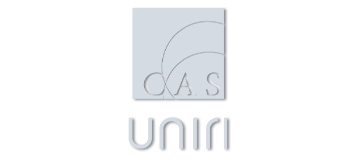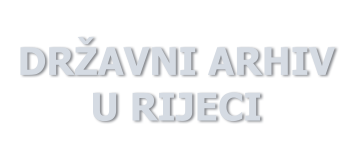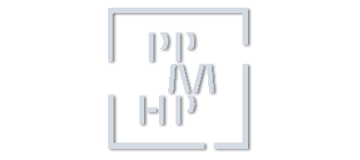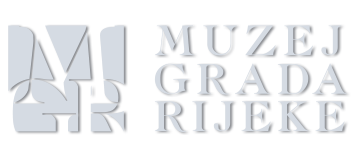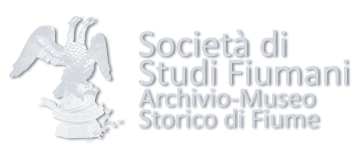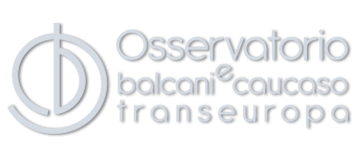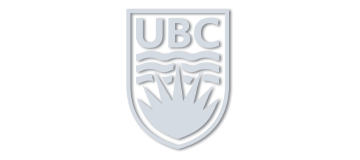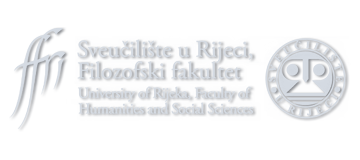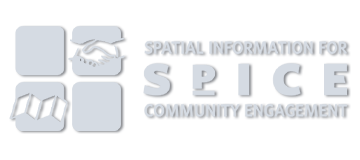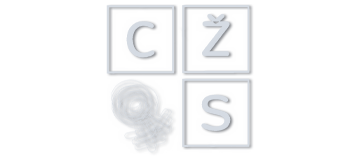The project leaders are historian Brigitte Le Normand (Principal investigator), geographer Jon Corbett, and digital humanist Constance Crompton (University of Ottawa). The research for this project was funded by the Social Science and Humanities Research Council of Canada.
The Rijeka Fiume in Flux Team and Projects
This app was developed by an international, interdisciplinary research project based at the University of British Columbia, Okanagan.
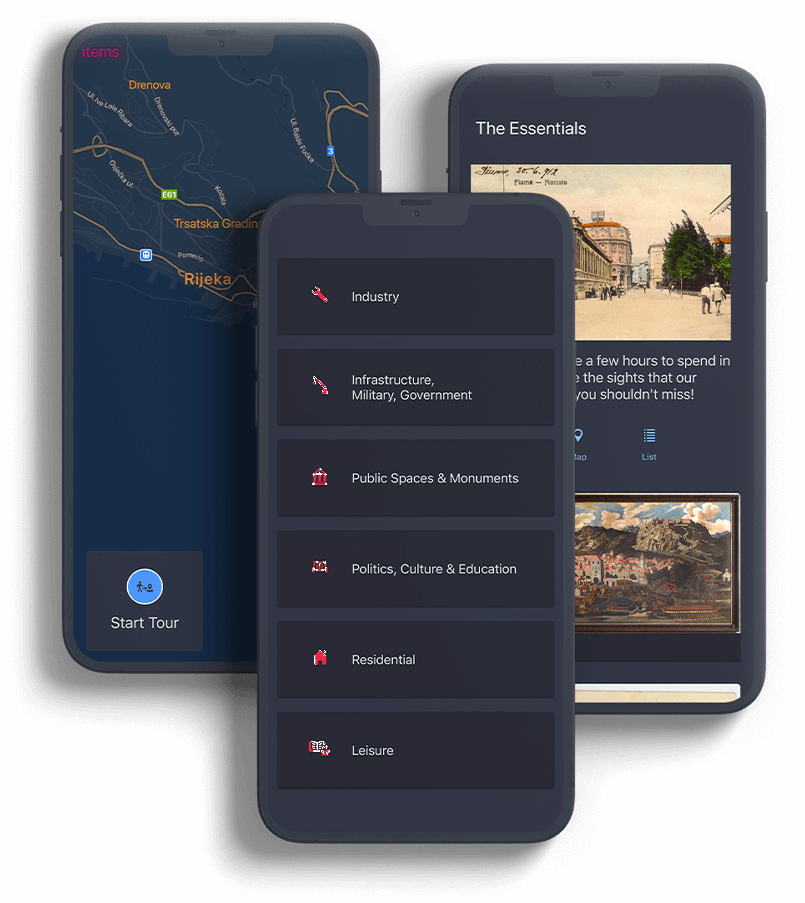
Project leaders:
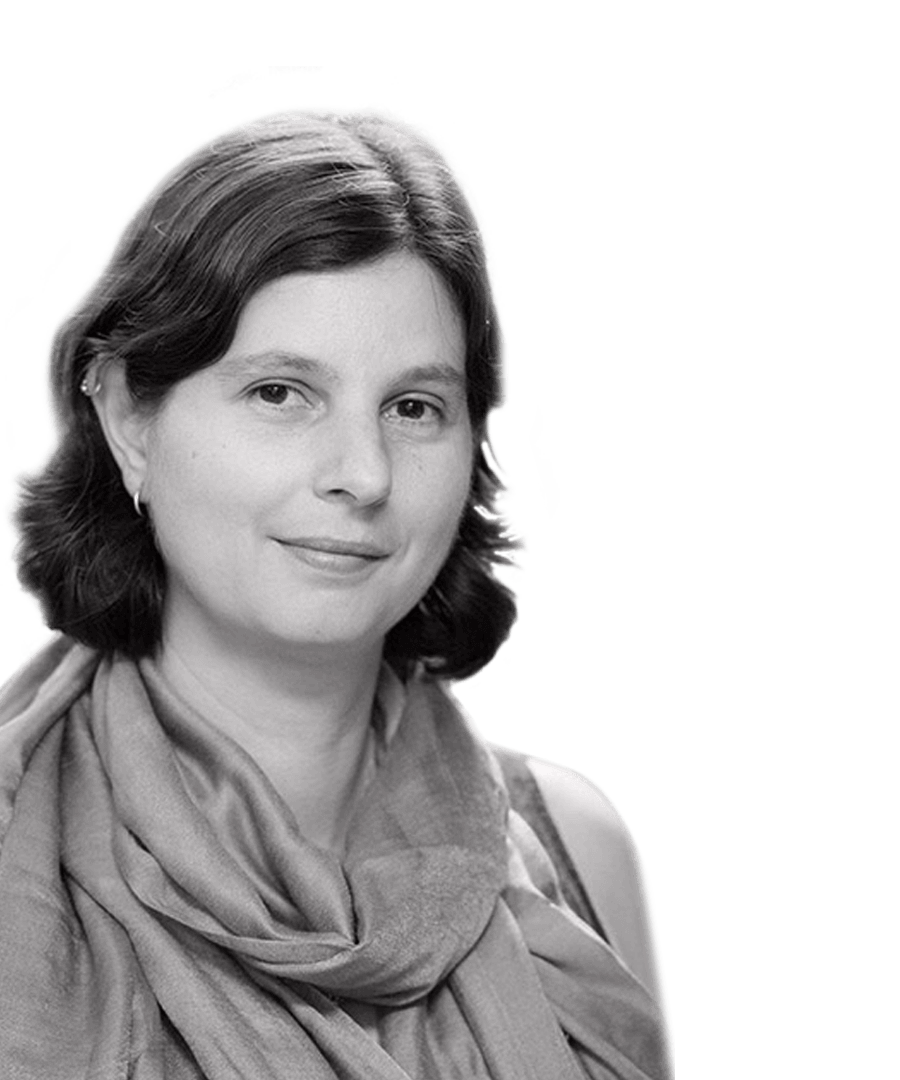
Brigitte Le Normand
(Principal investigator, historian)
Brigitte Le Normand worked together with a team of historians, architectural historians, and geographers to select landmarks, as well as important places that have been erased over time, and create place-markers combining historical knowledge and images drawn from archives, museums, and other repositories. Many of these markers feature the researchers’ own work. Guest researchers also contributed markers.
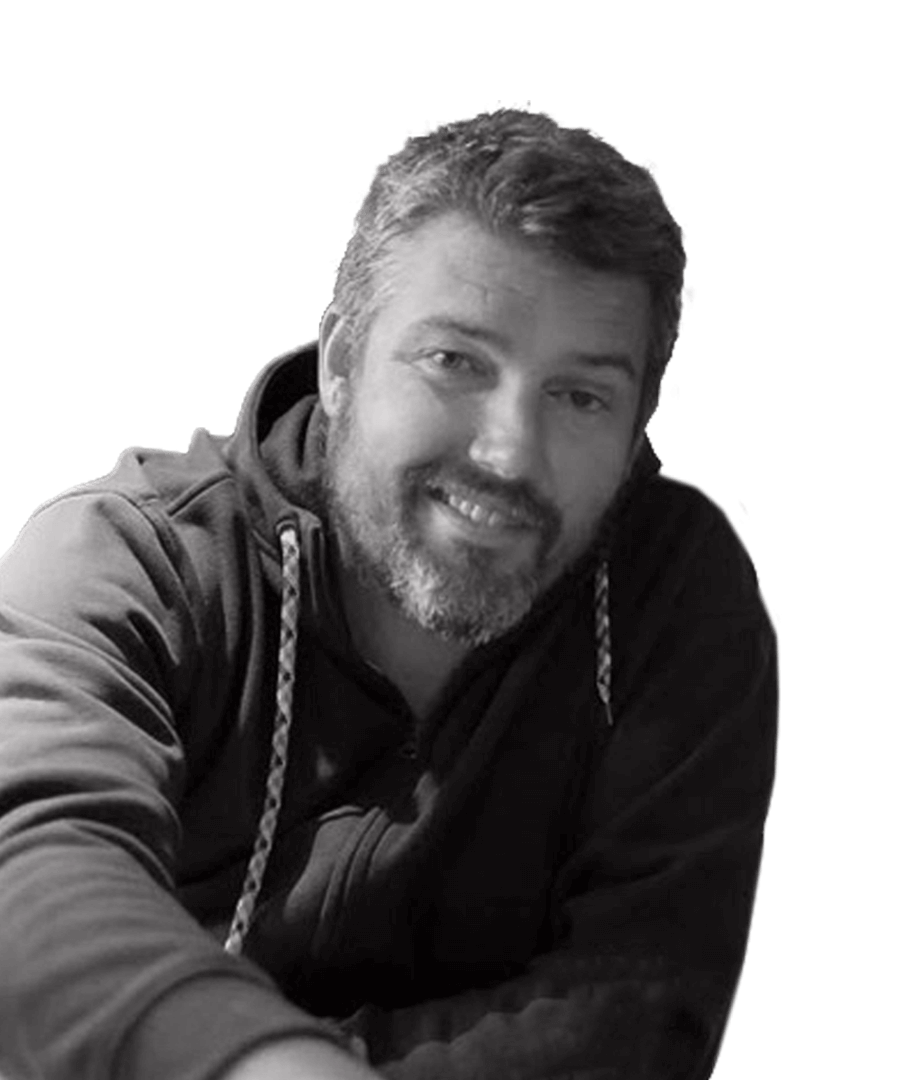
Jon Corbett
(geographer)
Jon Corbett worked with programmer Nick Blackwell in consultation with the team of historical researchers, to create an engaging and flexible mobile phone interface and develop the augmented reality feature.

Constance Crompton
(digital humanist)
Constance Crompton heads the digital humanities component of the project. Under her supervision, MA student Tristan Lamonica used the Dandelion API* to find references to the entities (people, places, concept and things) in the history team’s markers. At the University of Rijeka, Benedikt Perak is exploring the potential of network graphs to visualize connections between entities in the markers.
* The Dandelion API was created by a European Institute of Innovation and Technology-funded company SpazioDati.
Project researchers:
- Marco Abram
- Gruia Badescu
- Vanni D’Alessio
- Nataša Janković
- Ivan Jeličić
- Vjeran Pavlaković
- Benedikt Perak
- Francesca Rolandi
Students:
- Oriane Edwards
- Tristan Lamonica
- Angelo Massaro
Guest researchers:
- Danijel Barić
- Josef Djordjevski
- Kristina Pandža
- Sanja Puljar D’Alessio
- Ana Ajduković
- Jelena Bellolan
This project builds on an earlier project – An online, interactive map for crowd-sourcing knowledge about Rijeka’s past.
Publications that have come out of our projects:
Contact
Us
DOWNLOAD THE APP
App info & compatibility
Note: make sure you accept the app’s requests to enable location and camera, or else the app won’t work properly.
The Augmented Reality feature will only work if you are on site in Rijeka, but you can still use the map and list features to explore the city remotely.
The Rijeka in Flux app makes use of cutting-edge Augmented Reality frameworks for Apple and Android phones and tablets. Augmented reality technology adds virtual spatial features to your surroundings through your device’s camera. Always be mindful of your surroundings when using the AR features of the app.
AR does not work on every mobile device. Your mobile device must be compatible with Apple’s ARKit or Android’s ARCore to properly display the AR features of the App. This is usually fine with more recent devices.
You can check to see if your device supports AR features here:



